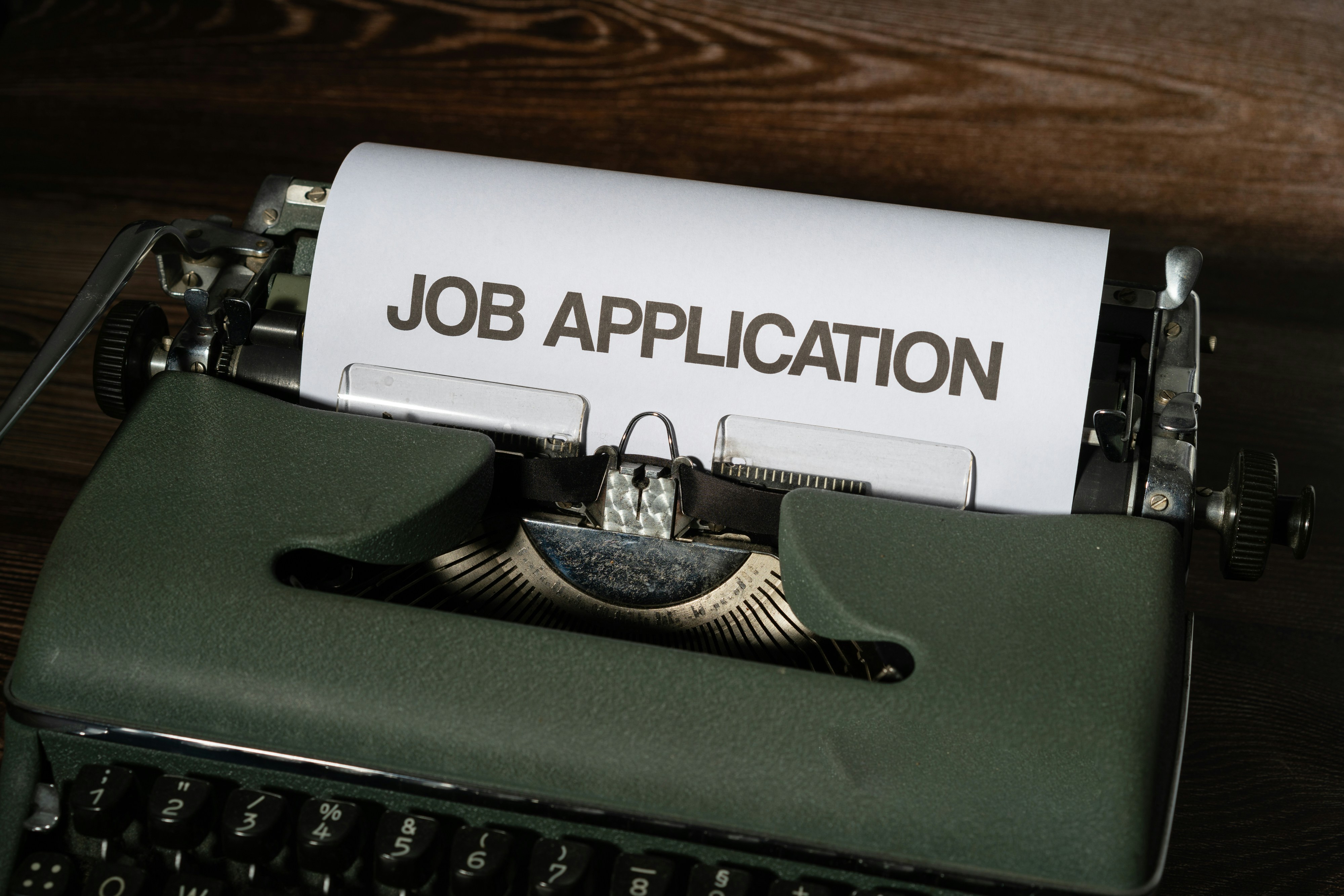Giving Green Fund: 2023 Q3 and Q4 disbursements
The Giving Green Fund (GGF) makes donations to Giving Green’s top recommended organizations. By donating to the Giving Green Fund, donors enable responsive and impact-first grantmaking to our recommended nonprofits.
In Q3 2023, for funds raised in Q2 (roughly $270,000), in addition to our $50,000 reserve, we recommended an allocation as follows: $100,000 to Industrious Labs, $70,000 to Good Food Institute, and $50,000 each to Good Energy Collective, Evergreen Collaborative, and Clean Air Task Force. Note that this is not an endorsement of donating to any one nonprofit above others, and is based on the knowledge we had at this particular moment in time! We share this reasoning primarily for transparency to existing supporters, and not to encourage individuals to donate to any one organization over another.
In Q4 2023, for funds raised in Q3 (roughly $50,000), we recommended holding these funds in reserve so that they can be disbursed alongside money raised in Q4. This is to decrease the transaction costs of having many small disbursements.
For more on the Giving Green Fund, see Giving Green Fund: Why donate to an expertly curated climate fund?
Our team’s reasoning for our recommended allocation
In Q3, we had significantly more information about our top nonprofits’ funding need than in previous quarters. Each nonprofit had experienced varying success in fundraising, and as part of our annual reevaluations, we learned more information about their plans and progress. So our team sat down to discuss in depth where we thought the highest-impact use of funds could be.
We considered questions like:
- How much has Giving Green helped this nonprofit so far? We considered directing more GGF funds to organizations that we have helped less. On the other hand, we also considered directing more funds to organizations that have relied on Giving-Green-related funding and therefore would be less likely to raise funds from other sources.
- What is this nonprofit’s funding need for the rest of 2023 and 2024? We asked each nonprofit about its progress towards its 2023 fundraising goal and any macro trends that have helped or hindered its progress. For instance, large, unexpected donations would decrease a nonprofit’s funding need.
- How impactful will additional funds be at this point in time? For instance, we think GGF funds can be especially important for an organization when it has:
- little unrestricted funding; it may need funds for work that is important, but in which larger philanthropists giving restricted funds have not expressed interest
- smaller reserves; it may need funds to shore up those reserves, which improves ability to attract staff and funders
- a smaller budget; early-stage funding can be catalytic, enabling growth and therefore future fundraising
- a compelling near-term project that we thought was exceptionally high-impact
- What do GGF donors want? We spoke to a few GGF donors (thank you!) to understand what they expected their donations to support. We found that donors value the idea of a “diversified portfolio”, so we avoided granting to only one or two organizations. We also found that donors want us to use our most up-to-date knowledge to maximize impact.

An insight into our thought process… (blurred to protect specific financial information that was shared with our team in confidence by donors or nonprofits)
Several spreadsheets and tables later, each member of our team proposed an allocation, we discussed our reasoning and points of disagreement, and we agreed on a final allocation that reflected the considerations above. We chose to round to the ten thousands because we did not want to give an impression of false precision in our estimates of funding need.
Support Our Work
Giving Green Fund
One fund. Global impact. One hundred percent of your gift supports a portfolio of high-impact climate organizations, vetted by our research.
Best for:
Donors who want the simplest way to impact multiple climate solutions.
Top Climate Nonprofits
Meet the organizations on Giving Green’s list of high-impact nonprofits working to decarbonize our future, identified through our rigorous research.
Best for:
Donors who want to give directly and independently.
Support Our Work
We thoroughly research climate initiatives so you can give with confidence. For every $1 we receive, our work unlocks another $21 for effective climate solutions.
Best for:
Donors who want to amplify their impact through research.
.png)

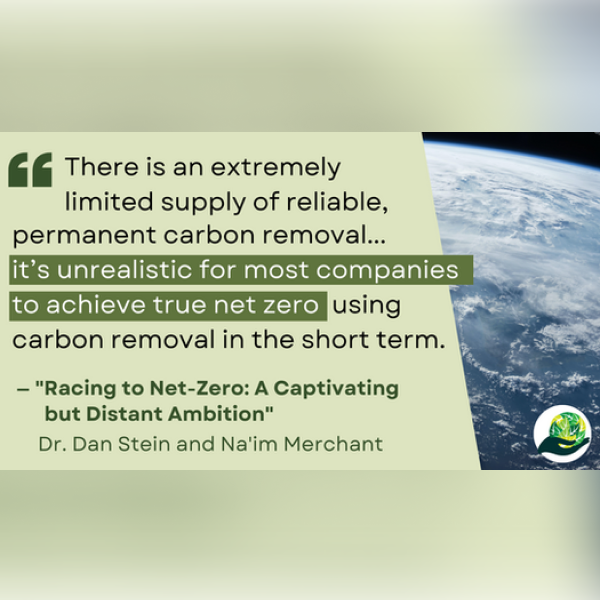






.png)
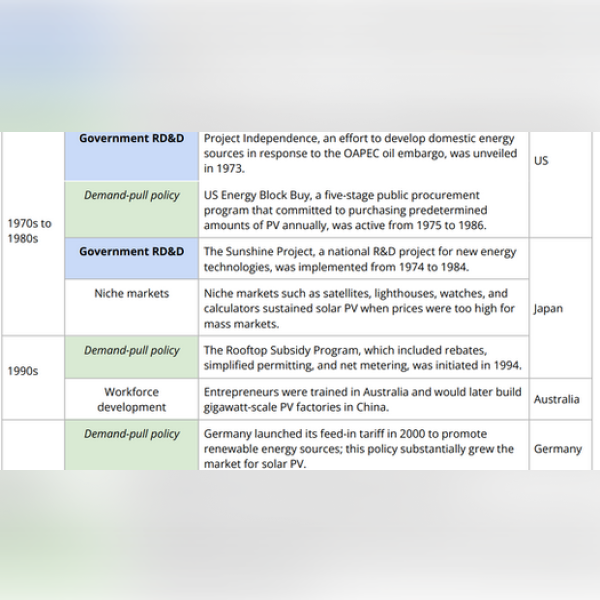

.png)
.png)
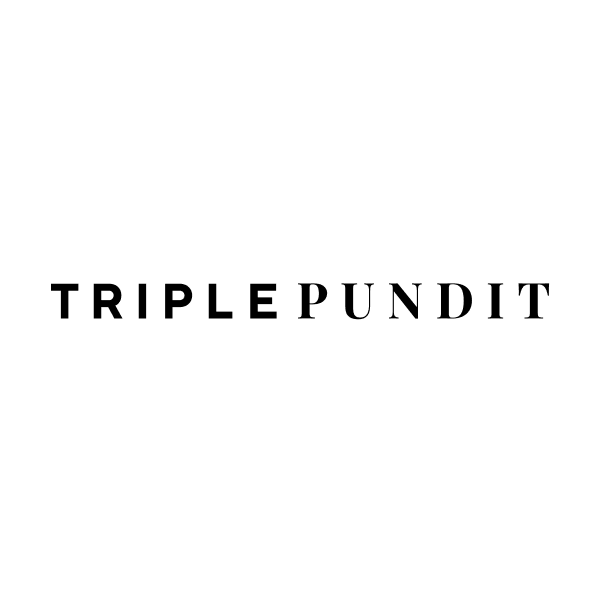
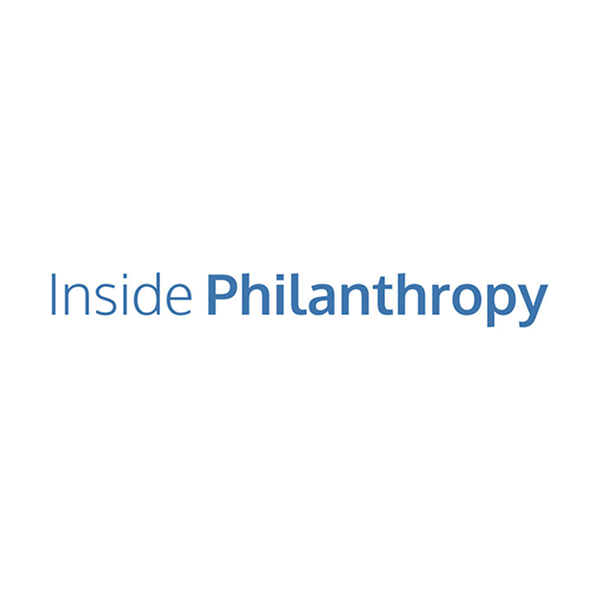

.png)


.png)
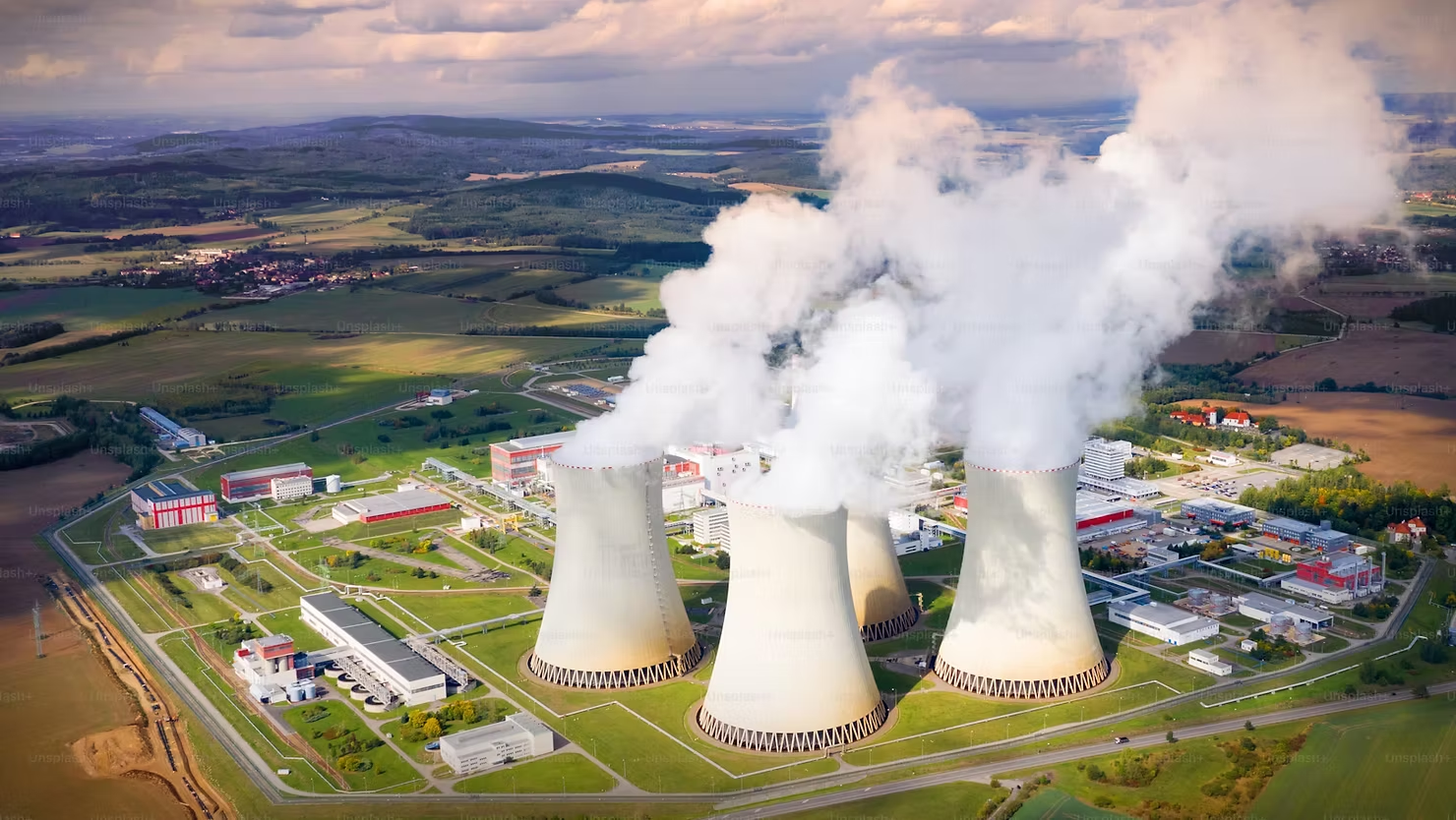






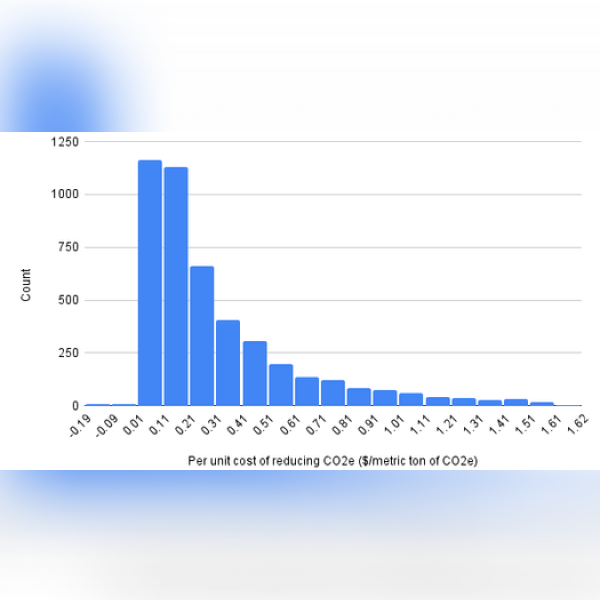


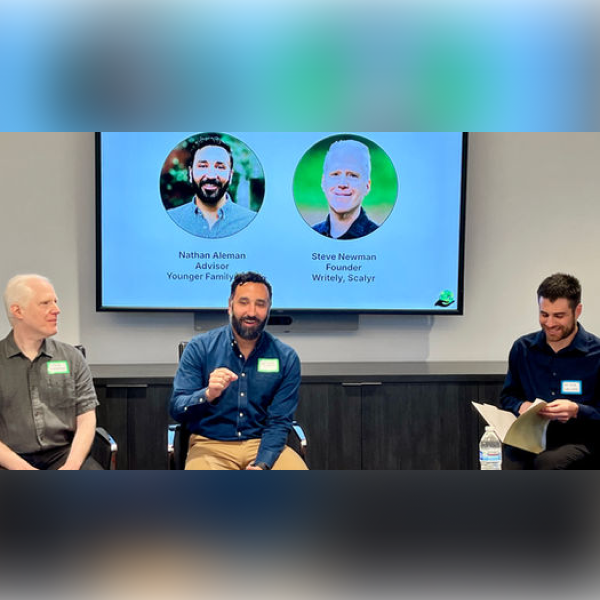
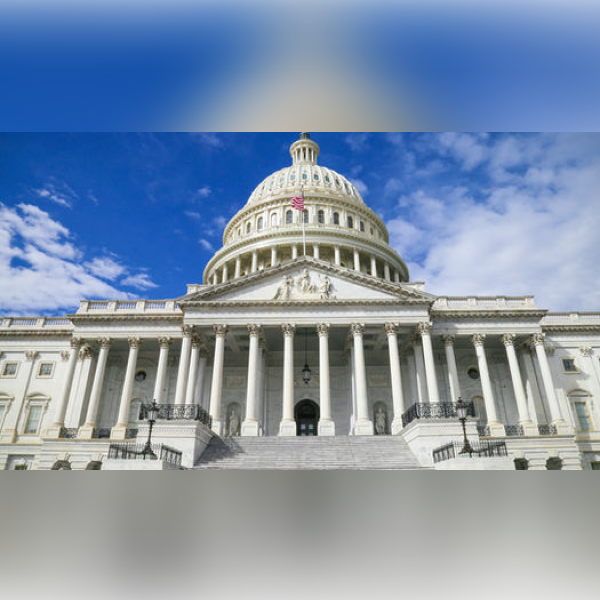

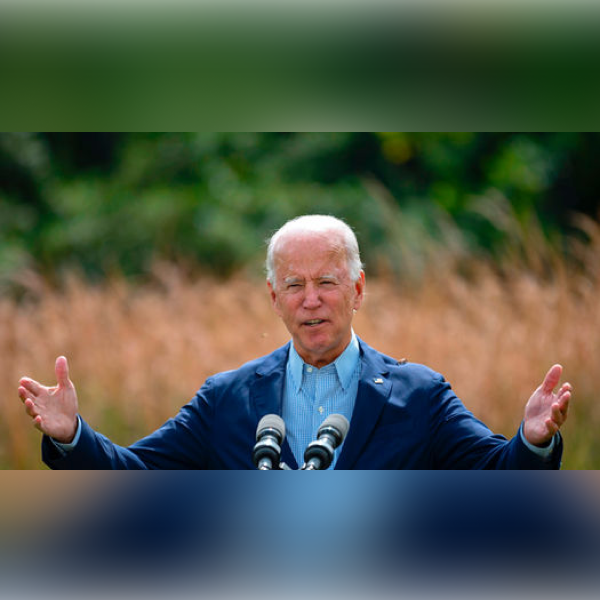


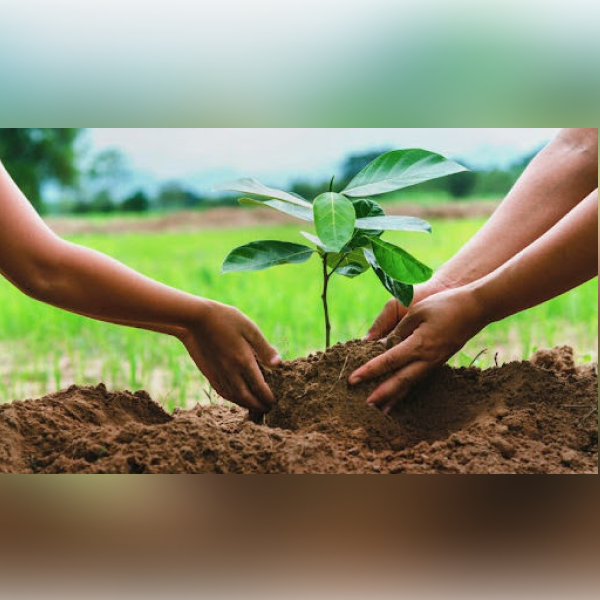

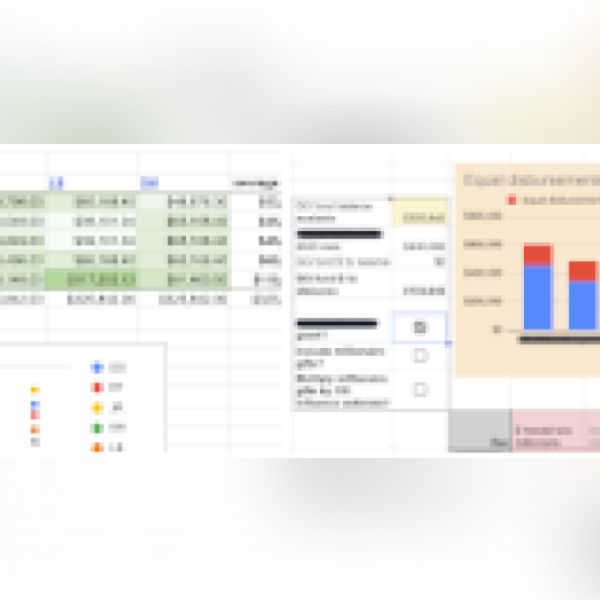


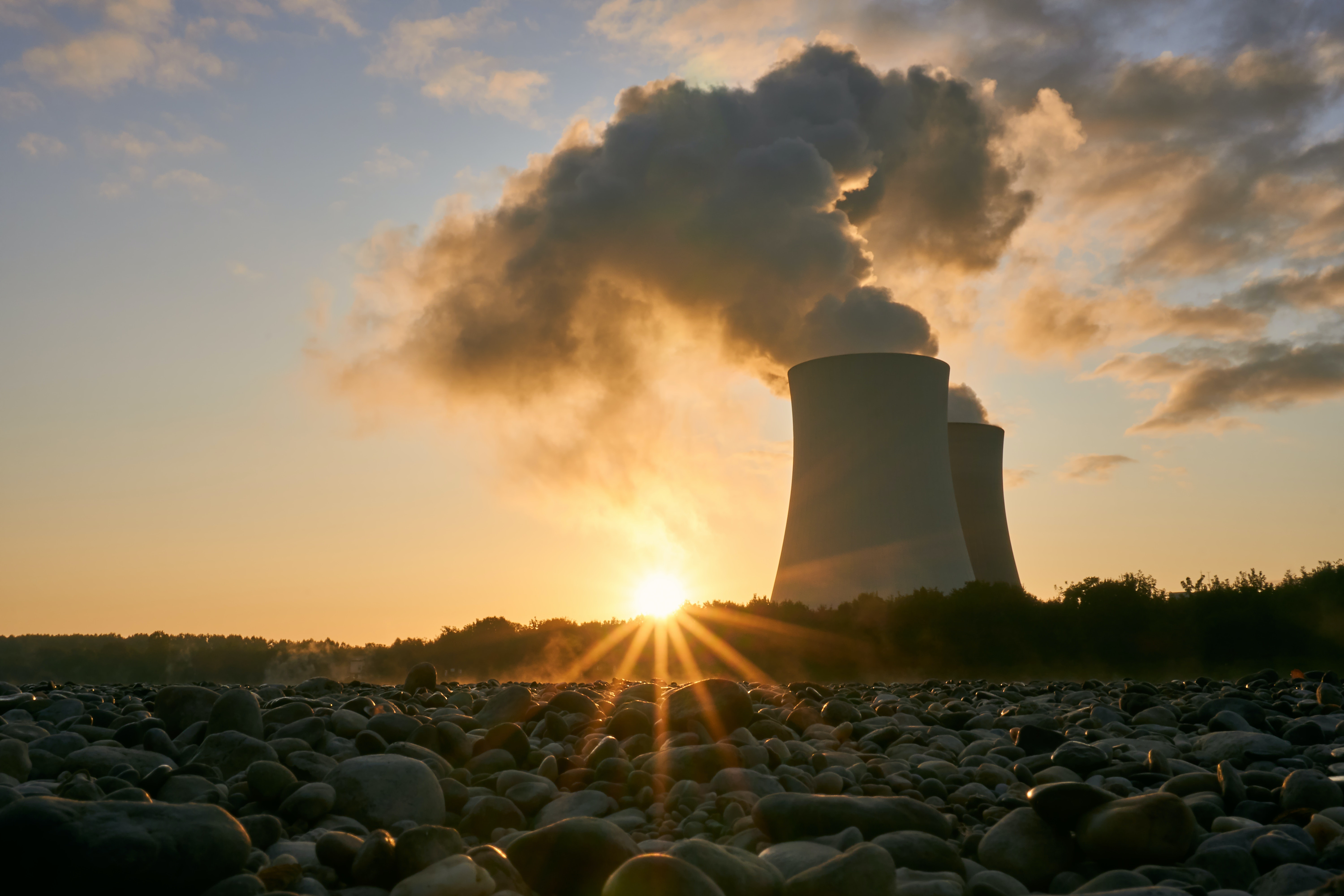
.png)








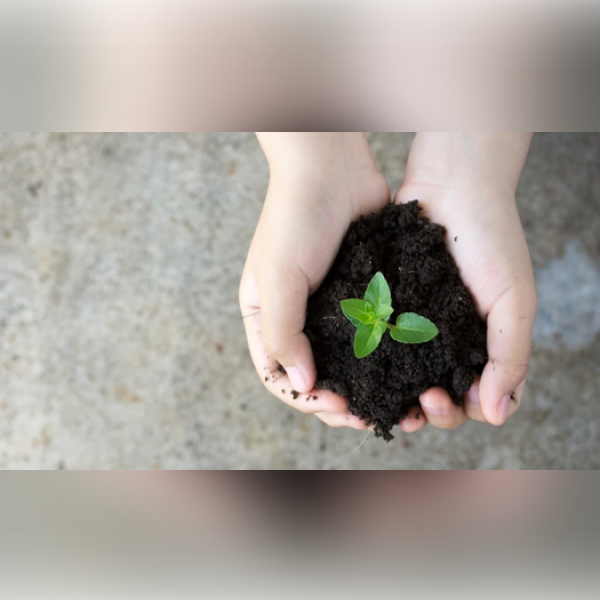
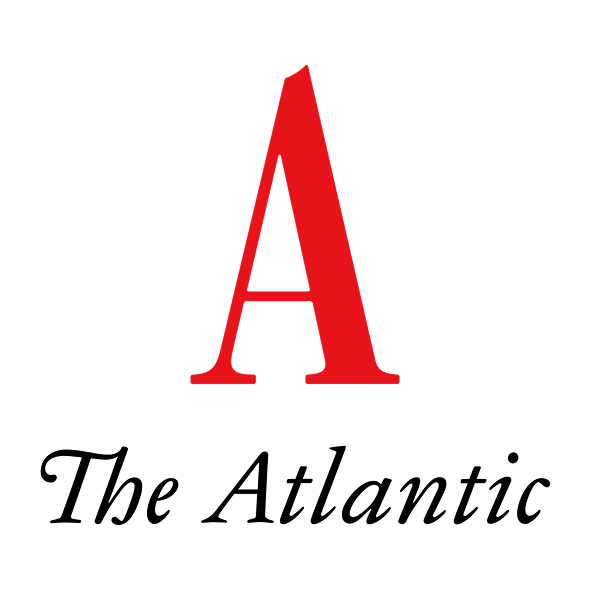


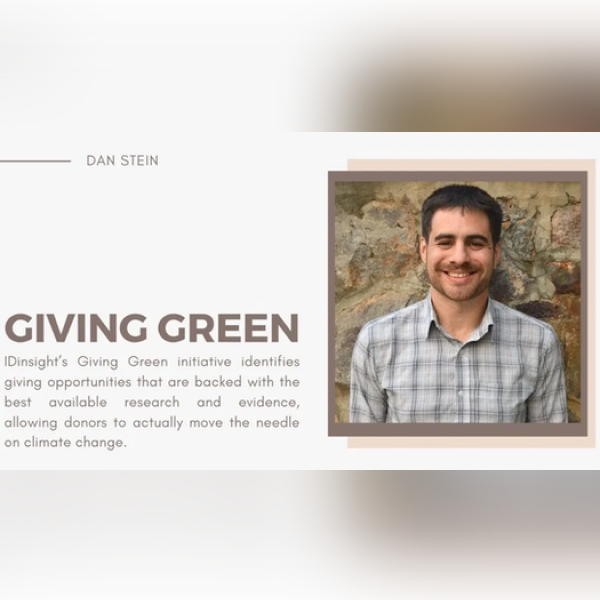
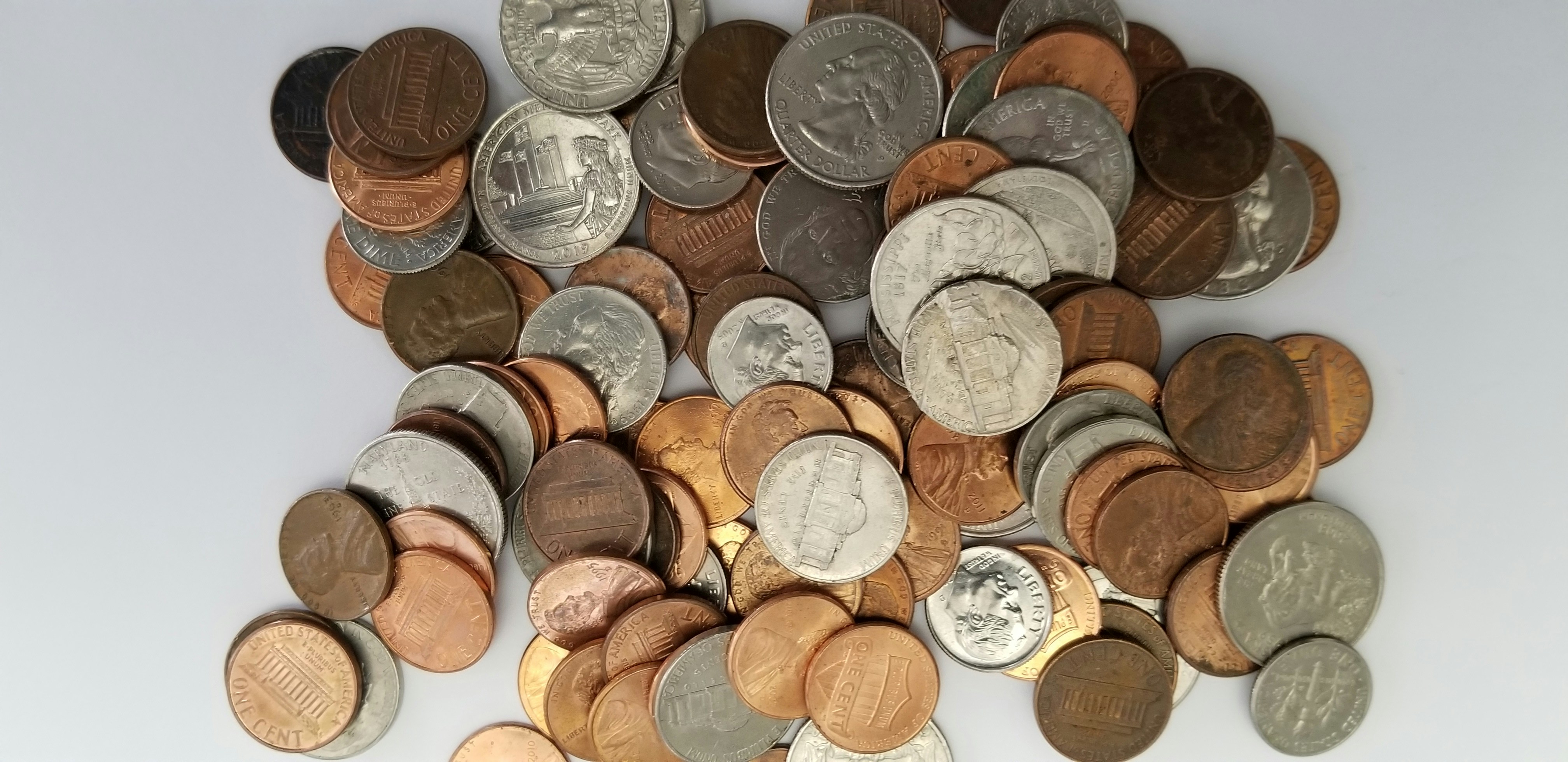
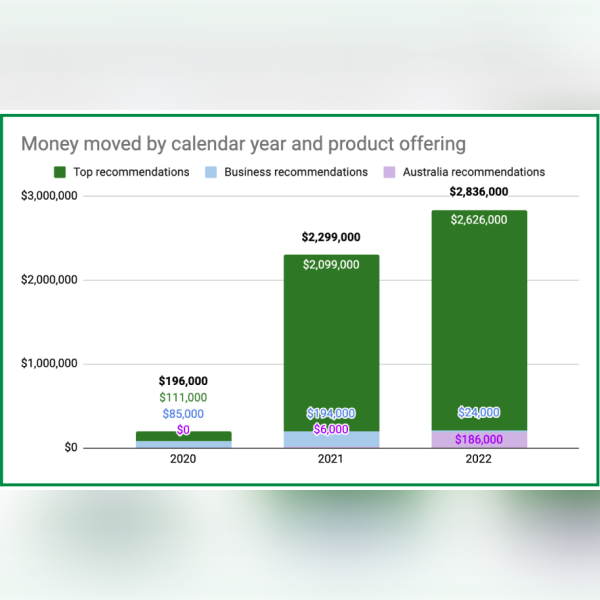


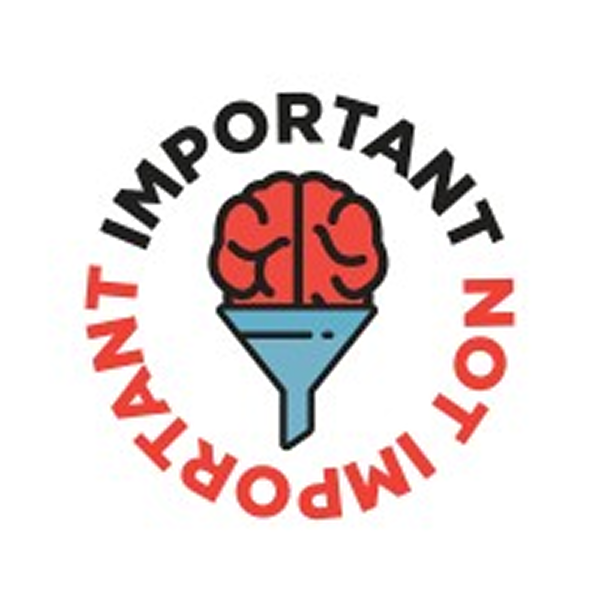







.png)

